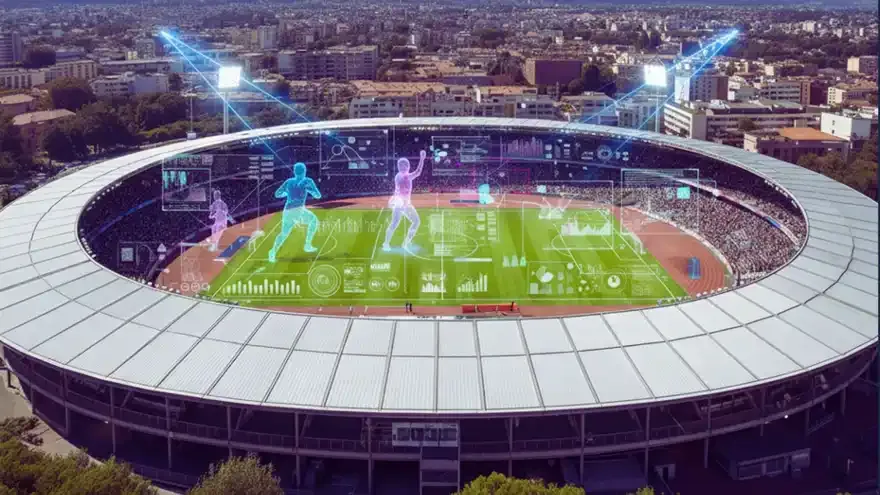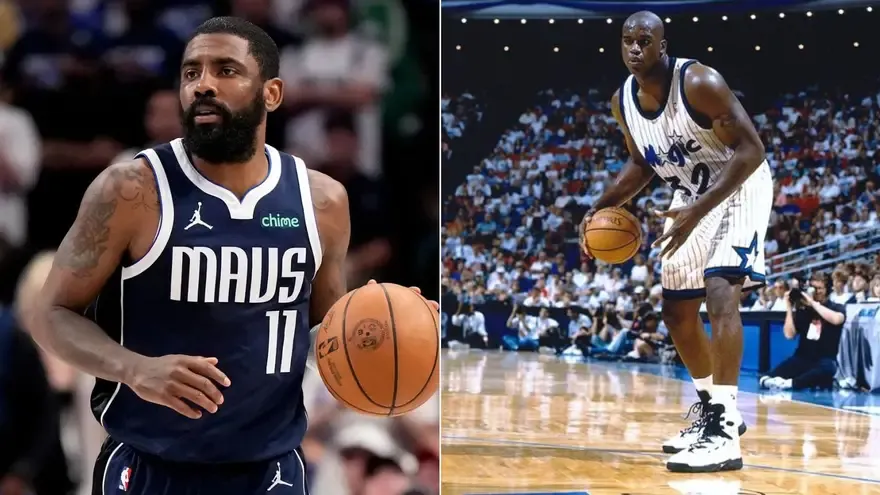In the dynamic world of sports, ensuring the safety and compliance of venues is of paramount importance. This article explores the multifaceted aspects that contribute to creating a secure and compliant environment in sports arenas.
Covering everything from stringent safety guidelines to the implementation of advanced technologies, each element plays a crucial role in safeguarding the well-being of athletes and spectators. Discover the critical components that make sports venues safe and compliant.
The Imperative of Safety Guidelines in Sports Venues
Safety guidelines in sports venues are not just a regulatory requirement; they are the cornerstone of ensuring a hazard-free environment for everyone involved. Strict adherence to these guidelines is essential to prevent accidents and injuries, both on and off the field. In the absence of such measures, venues risk facing not only legal consequences but also significant reputational damage.
Moreover, comprehensive safety protocols instil confidence among athletes and spectators, affirming that their well-being is a top priority. Essentially, these guidelines are the backbone of a safe, enjoyable, and successful sporting experience.
Maintaining Structural Integrity & Regular Maintenance
The structural integrity of sports venues is a critical aspect of ensuring overall safety. Regular maintenance checks are vital to identify and rectify potential hazards, such as structural weaknesses or wear and tear that could lead to accidents. These inspections also extend to equipment and facilities, ensuring they meet the highest safety standards.
Proactive maintenance not only prevents dangerous situations but also extends the lifespan of the venue, making it a safe place for athletes and spectators year after year. Neglect in this area can have dire consequences, underlining the need for ongoing vigilance and upkeep.
Essential Strategies in Crowd Management & Emergency Response
Navigating the complexities of crowd dynamics and emergency scenarios is a critical challenge for sports venues. Effective crowd control is not just about managing numbers; it’s about ensuring a fluid, safe experience from entry to exit. In parallel, emergency response plans must be more than just paperwork; they need to be actionable strategies, ready to be deployed at a moment's notice.
These plans hinge on clear, swift communication and a staff adept in crisis management. Tailoring these aspects to each unique venue sets the stage for a secure, well-managed sporting event, providing peace of mind in any situation.
The Role of Adequate Lighting in Ensuring Safety
Ensuring the right lighting in sports venues is critical for visibility and safety, and must align with the UK's legal lighting standards. Different tiers, each with specific lux requirements, are set for various levels of competition, impacting the cost of sports floodlights. These tiers dictate the necessary illuminance, considering the height of lighting fixtures (eaves) to optimise coverage.
This alignment with tier-specific and eave height requirements is essential for safety, performance, and compliance, influencing the financial aspect of lighting solutions. Investing in appropriate lighting, such as cost-efficient LED technology, ensures optimal illumination, enhancing safety and compliance in a financially viable manner.
Accessibility & Inclusive Design
In sports venues, the integration of accessibility and safety is not just a legal mandate but a crucial aspect of venue design and operation. Adhering to standards like The Equality Act 2010, venues are required to ensure facilities are accessible and inclusive, directly impacting the safety of all attendees.
This holistic approach, supported by guidelines from the Sports Grounds Safety Authority and Level Playing Field, ensures that safety considerations extend beyond mere accident prevention to embrace the diverse needs of every individual. Such inclusive safety strategies ensure that the excitement of sporting events is safely and equally accessible to all, epitomising
a commitment to both safety and inclusivity.
Hygiene & Health Standards in Sports Venues
Maintaining high hygiene and health standards in sports venues is vital for the welfare of athletes and spectators. These standards are not only a matter of cleanliness but are often regulated to prevent health risks. For instance, facilities are required to adhere to regulations such as the Health and Safety at Work Act, ensuring environments are free from biological hazards. Regular sanitisation, especially in high-contact areas, plays a critical role in reducing the spread of illnesses.
Additionally, providing clean and accessible amenities contributes significantly to the overall health and safety of everyone using the venue. This commitment to hygiene and health upholds the quality of the sporting experience and assures a safe, healthy environment for all participants and attendees.















